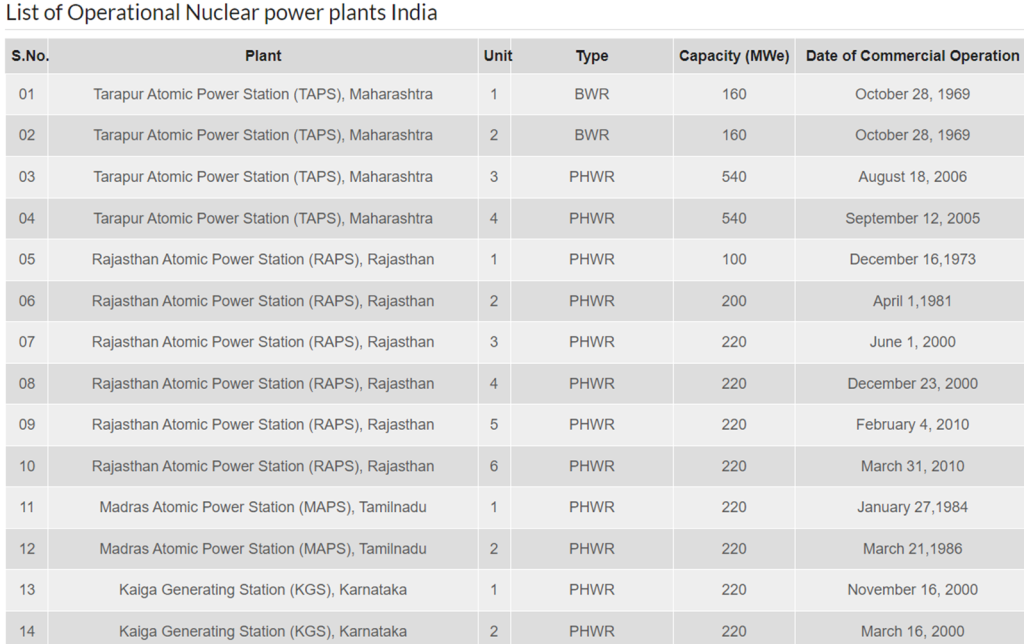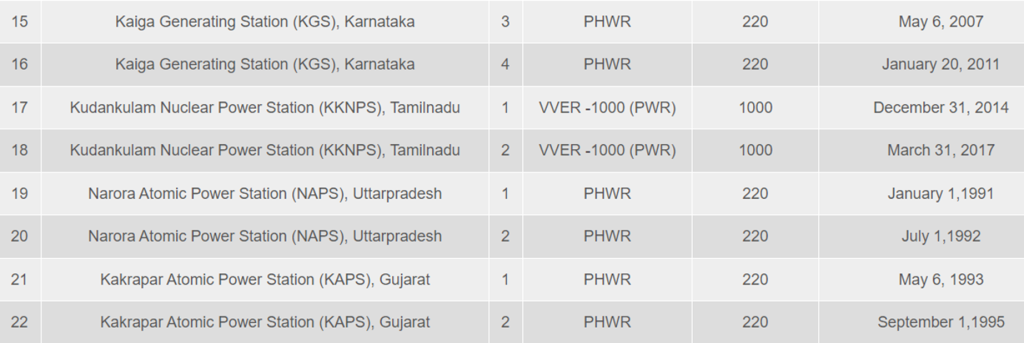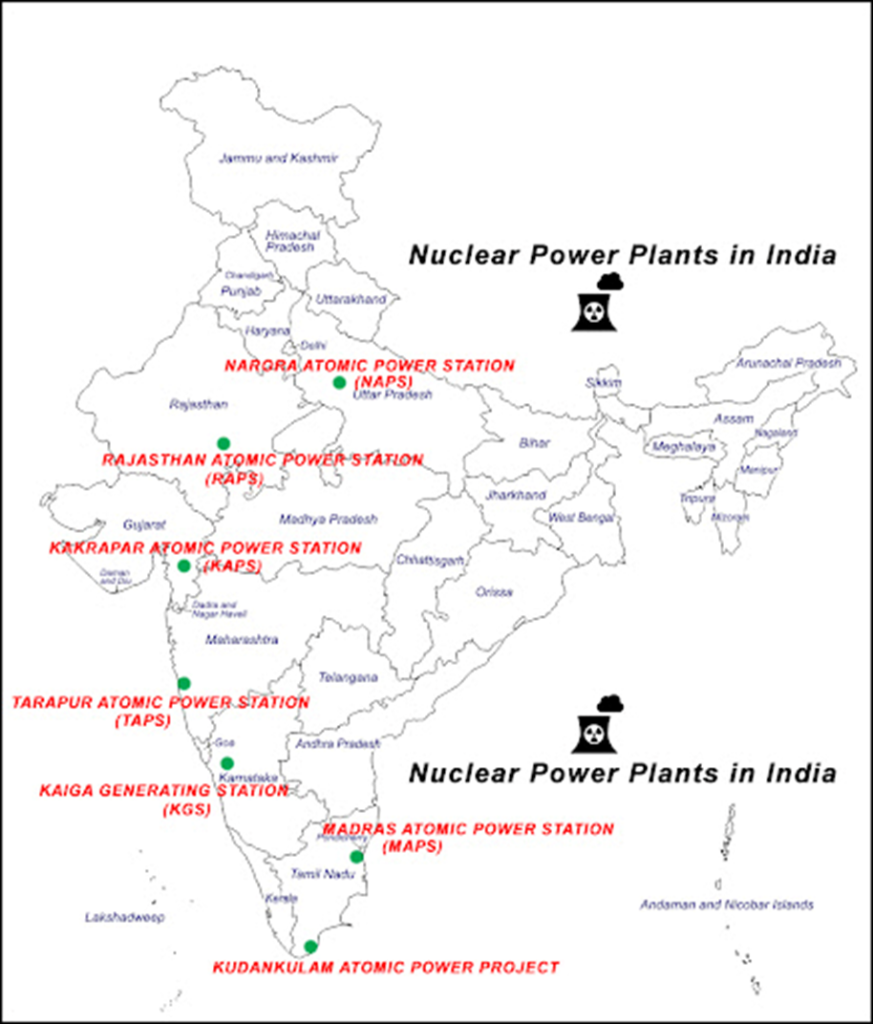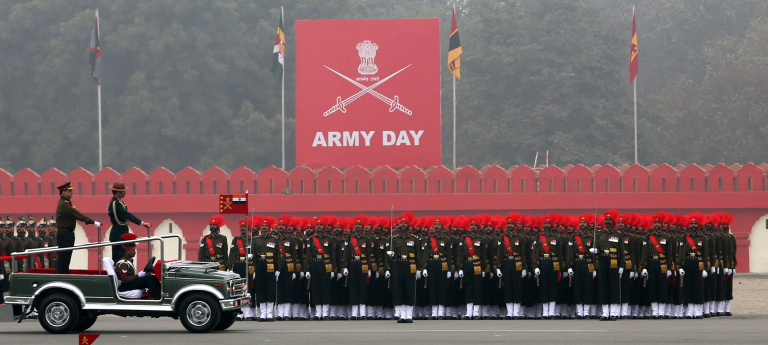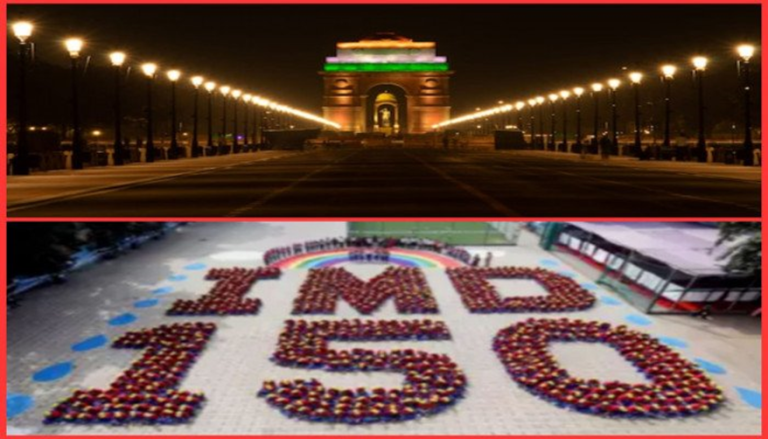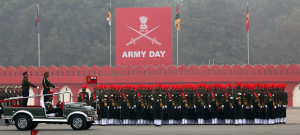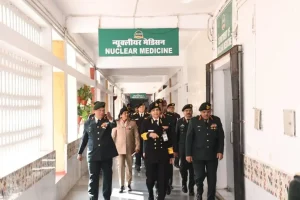In 2024, another unit with the same capacity is expected to be commissioned in Rawatbhata, Rajasthan. Behind all these reactors is the Nuclear Power Corporation of India Limited (NPCIL).
India Will Commission A Nuclear Power Reactor Every Year
India’s largest indigenously developed 700-MWe pressurised heavy water reactor (PHWR) – the fourth unit in Kakrapar, Gujarat – attained criticality. Six months earlier, another 700-MWe unit in the same facility had started producing commercial electricity. In 2024, another unit with the same capacity is expected to be commissioned in Rawatbhata, Rajasthan. Behind all these reactors is the Nuclear Power Corporation of India Limited (NPCIL). Its CMD B.C. Pathak told NPCIL plans to “commission a nuclear power reactor every year” hence.
Globally, on an average, the energy composition consists of about 20% electricity and 80% energy from coal, petrol, diesel, gas, lignite, and other components.
The 80% energy sector consists of fuel that is being directly used as molecules or as a reducing agent. There is a need to decarbonise that sector also. Pathak further mentioned India’s commitment to increasing its nuclear power capacity and addressed the progress of various nuclear projects across the country, including upcoming reactors [Rajasthan Atomic Power Station-7 (RAPS-7), Madras Atomic Power Station-1 (MAPS-1), Tarapur Atomic Power Station-1 (TAPS-1), Kudankulam-3,4, 5 and 6] and initiatives such as green hydrogen production.
There are presently 22 reactors with a total capacity of 6780 MW in operation and one reactor, KAPP-3 (700 MW) has been connected to the grid on January 10, 2021. In addition, there are 8 reactors (including 500 MW PFBR being implemented by BHAVINI) totaling to 6000 MW under construction at various stages.
Nuclear Power Reactor
•Nuclear reactors work by using the heat energy released from splitting atoms of certain elements to generate electricity.
•Most nuclear electricity is generated using just two kinds of reactor which were developed in the 1950s and improved since.
•The first generation of these reactors have all been retired, and most of those operating are second-generation.
•New designs are coming forward, both large and small.
•About 10% of the world’s electricity is produced from nuclear energy.


